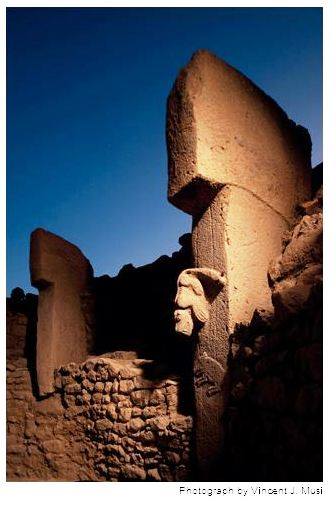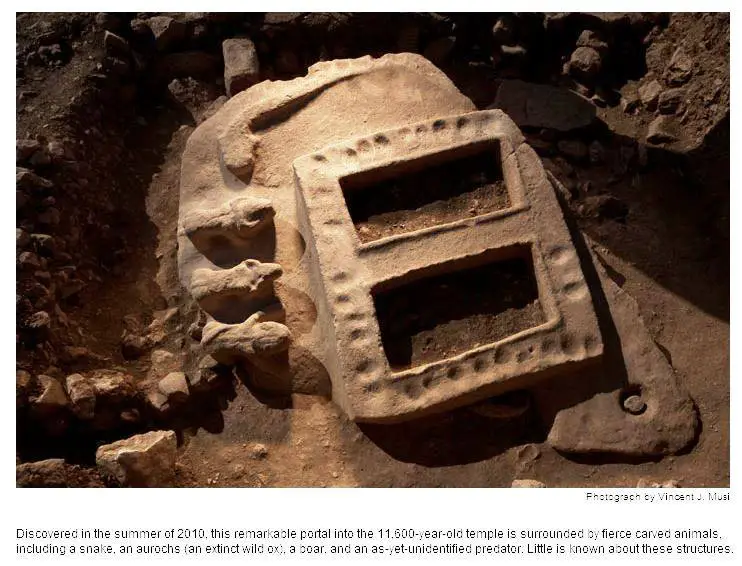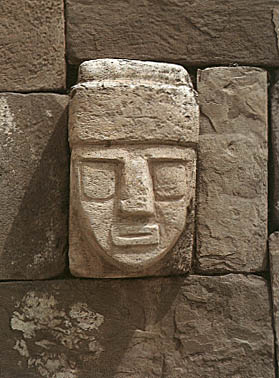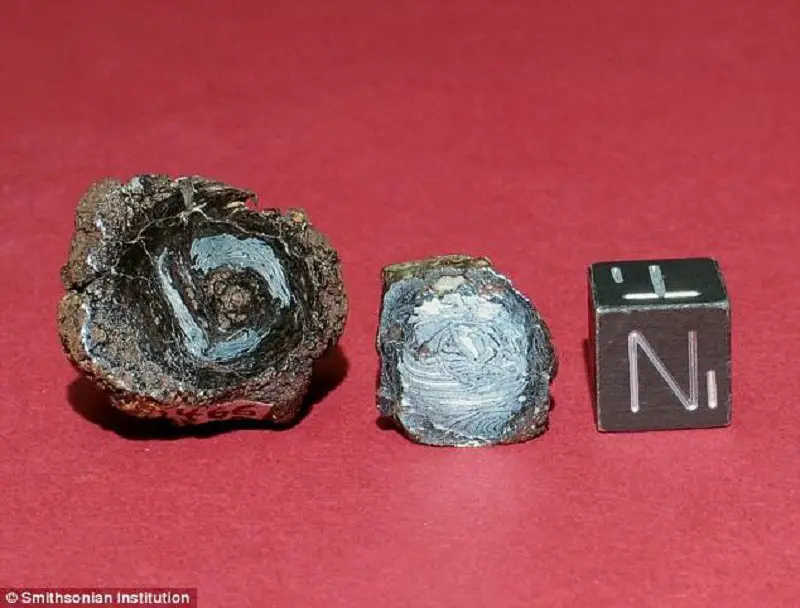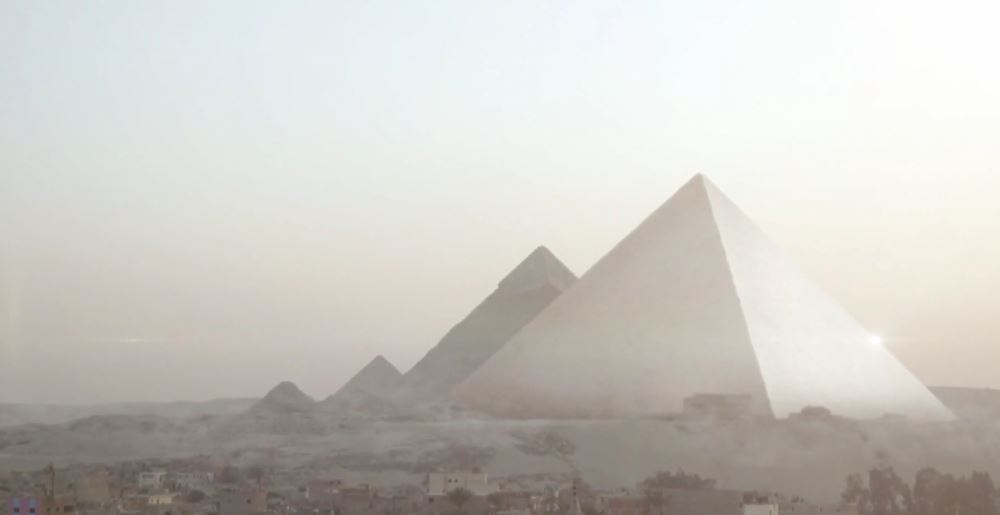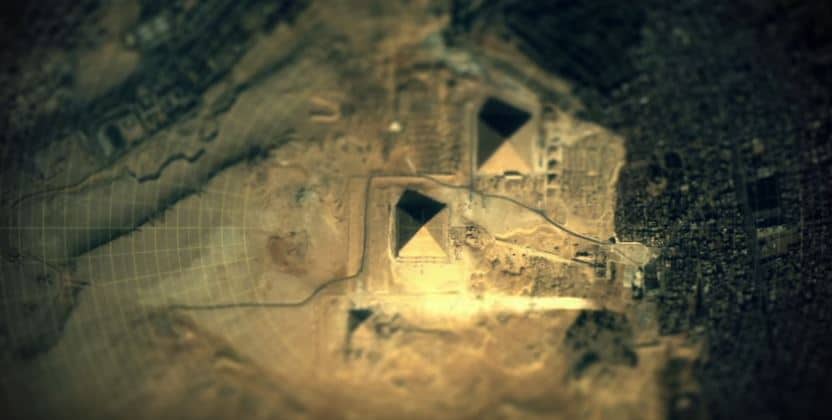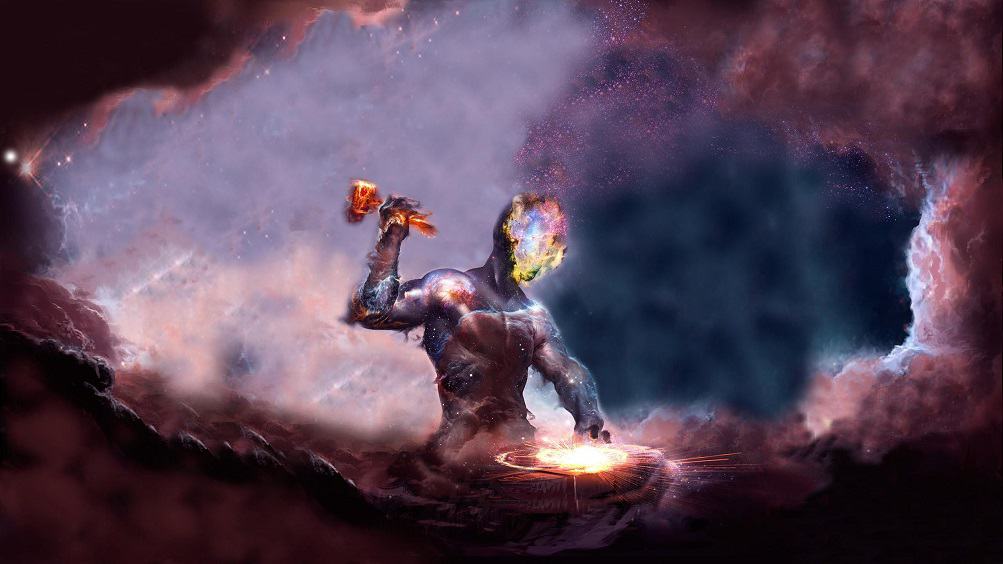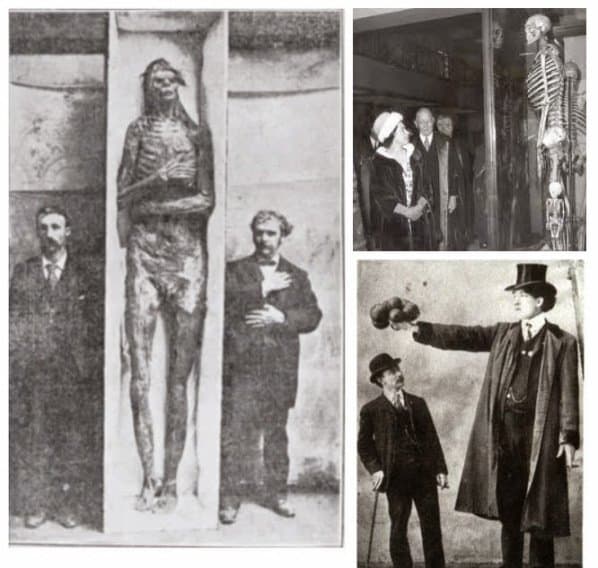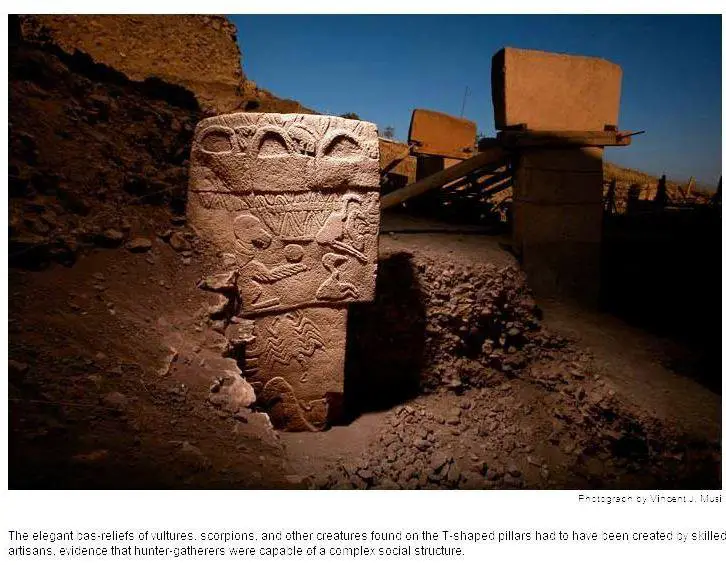
Today, Göbekli Tepe is a vast, dusty hill. The heat prevents archaeologists from digging in the summer and therefore only 5% of the total of Göbekli Tepe has been excavated. Just imagine everything that archaeologists will find once they manage to excavate 50% of this incredible ancient site.
In the distant past, there were days of mild climate, when green lands conquered the region. The “Göbekli” people were organized groups of hundreds of hunters that guided whole herds of gazelles into traps. They were skilled, not only as hunters and gatherers but as constructors and artists as well.
Göbekli Tepe is a superb construction, one that defies our knowledge of the past. From what researchers were able to understand so far, it was built as a temple, created with giant limestone blocks that predominate the different part of the “Stonehenge of the desert”.
Compared with Göbekli Tepe, Stonehenge (which is impressive beyond understanding) seems clumsy and insecure construction work, little more than a pile of stacked standing stones in a circle, no offense!
Even though both are incredible achievements of ancient man, what distinguishes this incredible construction in modern-day Turkey from Stonehenge isn’t only hard work or the technical difficulty of the project. The timescale that separates both of them is what baffles researchers and historians since Göbekli Tepe was built 7000 years before Stonehenge.
Measurements place the oldest stratum at Göbekli Tepe to around 9600 BC. It is, therefore, 6,500 years older than Stonehenge and 7000 years older than the oldest of the Pyramids. Simply put, it is the oldest megalithic monument that humanity has known, and its discovery has drastically changed the perception of Homo sapiens, evolution and Neolithic architecture.
The main structures of Göbekli Tepe are a series of three rectilinear structures which are located below the surface, defined by dry-stone walls, and containing multiple decorated T-shaped pillars. The stones were used mainly as support for the roof, although it can not be excluded that these had a symbolic purpose.
It is the antiquity of the site which is surprising, considering the complexity of advanced cultures presents in the are, researchers cannot explain how this extremely advanced culture existed 11.000 years ago. Researchers have no obvious explanation for a highly advanced culture existing in Upper Mesopotamia at the end of the last Ice Age, when the world was still populated by communities of hunter-gatherers, which were worried about the day-to-day survival. Yet, these anonymous individuals, known to archaeologists as the people of the Pre-Pottery Neolithic, created some of the most fascinating works of art of the ancient world, works of art that would not be surpassed in the next thousands of years.
Whether Göbekli Tepe is or not a temple, it is without doubt the most incredible archaic work of megalithic architecture that has been found.
Its total size, up to 15 meters of accumulated sediments that spread over an area of 9 hectares, the sheer number of fossils unearthed so far, and its incredible antiquity that goes back to the tenth millennium BC if not further, has made it one of the most important archaeological discoveries in the history of mankind, not to mention the giant question researchers are facing as to why the builders of Göbekli Tepe decided to bury the incredible archaeological site 2000 years ago and how they manage to transport such amount of soil.
Yet there are many people who are totally unaware of its existence, even though it is one of the most incredible places on planet Earth.

